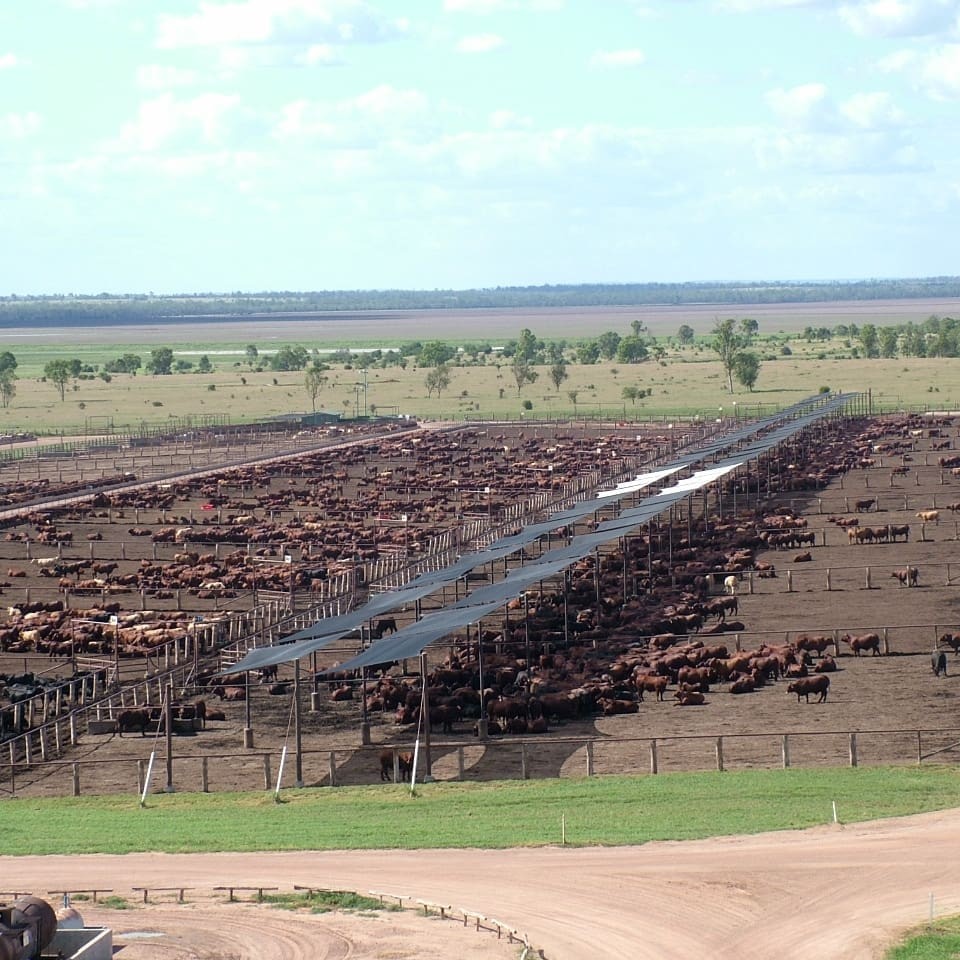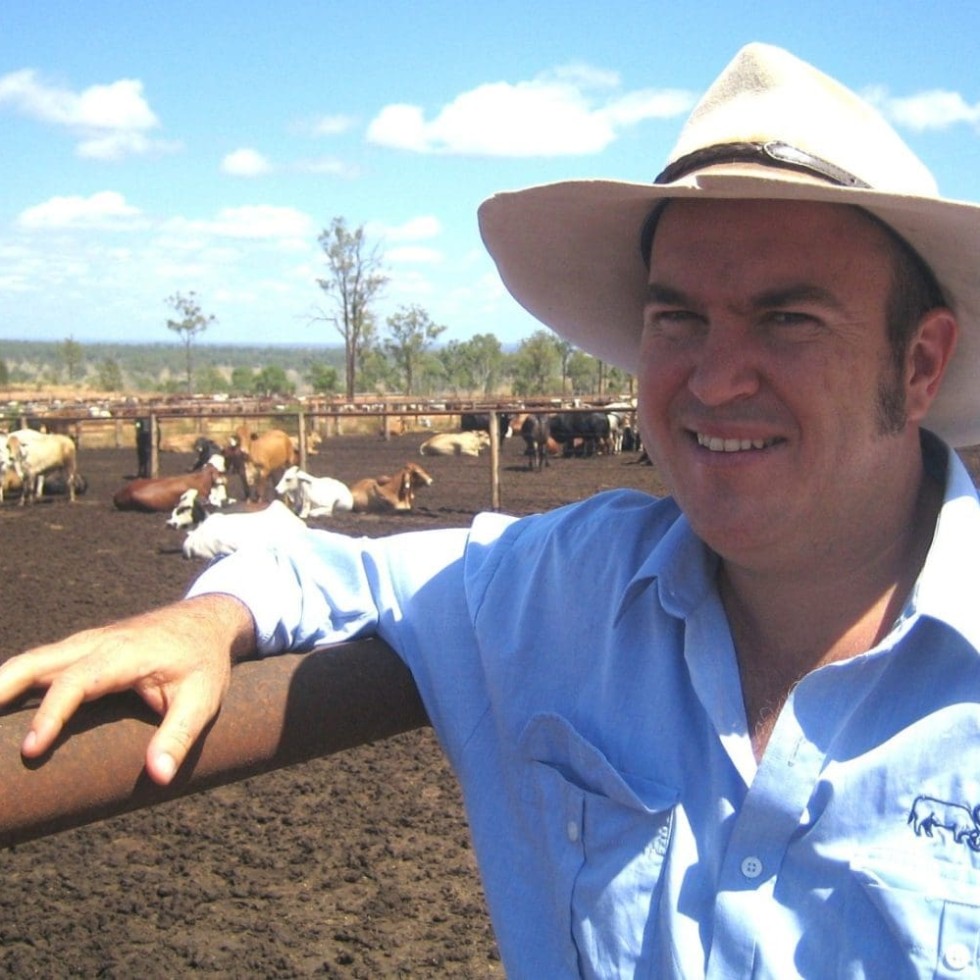 There’s no escaping the fact that Australian lotfeeders face another tough year in 2012.
There’s no escaping the fact that Australian lotfeeders face another tough year in 2012.
The grainfed sector again looks like being broadsided by high feeder cattle costs, fuelled by buyer competition from grassfed producers facing another ‘sea of green’ this year, as well as tough trading conditions in key grainfed export markets in North Asia.
With Japan taking about 70pc of all exported grainfed beef produced in Australia, the feedlot sector’s fortunes are inextricably linked with the nation’s largest Asian beef export market.
Japan is preparing itself for re-entry of greater quantities of US beef this year under relaxed age restrictions, which together with US currency advantages, is likely to make for tough going in export competition for Australia in 2012.
Meat & Livestock Australia’s 2012 Industry Projections released yesterday suggests that on the input side of the equation, the historically high cost of suitable young cattle will provide an ongoing restraint to grainfed throughput.
In 2011, grassfed producers were in many cases able to outbid lotfeeders for suitable lines, confident that they had an abundant feed resource in the paddock at home. That situation could be replicated in 2012.
In 2011, feeder cattle prices averaged 6-13 percent higher than in 2010, with some categories registering their highest calendar year average on record, Projections said.
In contrast, 100-day grainfed cattle prices averaged only 5.5pc higher for the year, while grain prices were largely steady on a calendar year basis.
However, MLA suggests some welcome news for lotfeeders is the forecast abundant supply of feedgrain heading into 2012, with prices finishing 2011 below the corresponding period in 2010. With two consecutive harvests delivering higher than expected feedgrain volumes (mostly due to rain damage close to harvest), prices have contracted, which should help to partially offset the higher cattle costs.
Additionally, the trend towards shorter feeding regimes is expected to continue, as trading conditions remain tough to the traditional North Asian markets. Indeed, one of the major constraints on the grainfeeding sector has been the poor trading conditions for grainfed beef to export markets, accentuated by a rising volume of good quality grassfed beef being produced.
As such, while costs of producing grainfed beef have risen, returns have been subdued, from markets that traditionally attract high quality product, and are prepared to pay for it.
The most recently completed quarterly feedlot industry survey suggested there were 713,728 cattle on feed at the end of September 2011, down 7pc on a year earlier and 24pc below the peak seen in June 2006. Given the anticipated tough prospects for the Australian lotfeeding sector in 2012, MLA’s forecast suggests numbers on feed will remain below 800,000 head this year.
For any substantial increase in numbers on feed in 2012, the sector would either need to see a decline in cattle prices, assuming feedgrain prices stay lower, or an improvement in returns for high quality grainfed beef, especially to Japan.
Unfortunately for lotfeeders, both of these scenarios seem unlikely, with demand and prices for young cattle set to remain high, as the outlook to Japan and Korea is expected to be tough in 2012.
Little joy in grain price movement
 Queensland lotfeeder Jason Shearer-Smith agreed with the general sentiment expressed in the Projections report, saying there was little in the way of positives in the outlook for grainfeeding in the year ahead.
Queensland lotfeeder Jason Shearer-Smith agreed with the general sentiment expressed in the Projections report, saying there was little in the way of positives in the outlook for grainfeeding in the year ahead.
Mr Shearer-Smith and family own and operate the 18,500SCU Smithfield feedlot near Proston in southern Queensland’s South Burnett district.
In a busy year the business turns off about 60,000 head of grainfed cattle, both domestic and export weights.
“If anything, the suggestion that lower feedgrain prices might help offset the feeder cattle and finished cattle price this year is somewhat optimistic,” he said.
“Feeder steer price typically represents about 70pc of overall production cost of a grain finished beast, so the impact of grain price, unless there are huge swings, has relatively little effect.”
Wheat delivered Darling Downs was currently worth about $195/t, barley about $190, and sorghum about $180, but was unlikely to drift a lot lower, Mr Shearer-Smith said.
“It will be very difficult for Australian grainfed beef to remain competitive in Japan, Korea or the US this year if the currency level remains anywhere near where it currently sits.”
“On top of that, overall beef demand from consumers in countries like Japan appears to be still very sluggish. Even domestically produced Wagyu in Japan has been very flat, with disastrous prices over the Christmas period, leading to a lot of surplus product in the market.”
Mr Shearer-Smith said given the current flatness in demand in international markets, one of his real fears was over what would happen to finished cattle prices in coming months, once heavier rates of cattle turnoff started to occur around March/April.
Higher cattle turnoff in coming months could impact on all markets – not only grainfed, or export, but domestic as well – as a glut of product is diverted back out of the export pipeline back onto the domestic trade.
Because of season cycles, many feedlots typically made their best profit from the July to December period each year when conditions are drier. But last year, because of the big grass season, that was greatly reduced, or into the red.
This made the current tough period even more difficult to cope with, because cattle were heavier, fatter and dearer because of the present grass resource.
Attention will now focus on the quarterly industry feedlot survey for the period ending December 30, due for release in coming weeks. With a number of large feedlots in the Darling Downs region – the nation’s most concentrated area for lotfeeding operations – known to be well back in occupancy rates, it is widely expected that numbers will be down on September utilisation levels.
- Beef Central will publish its latest 100-day feedlot trading profitability study on Friday.
